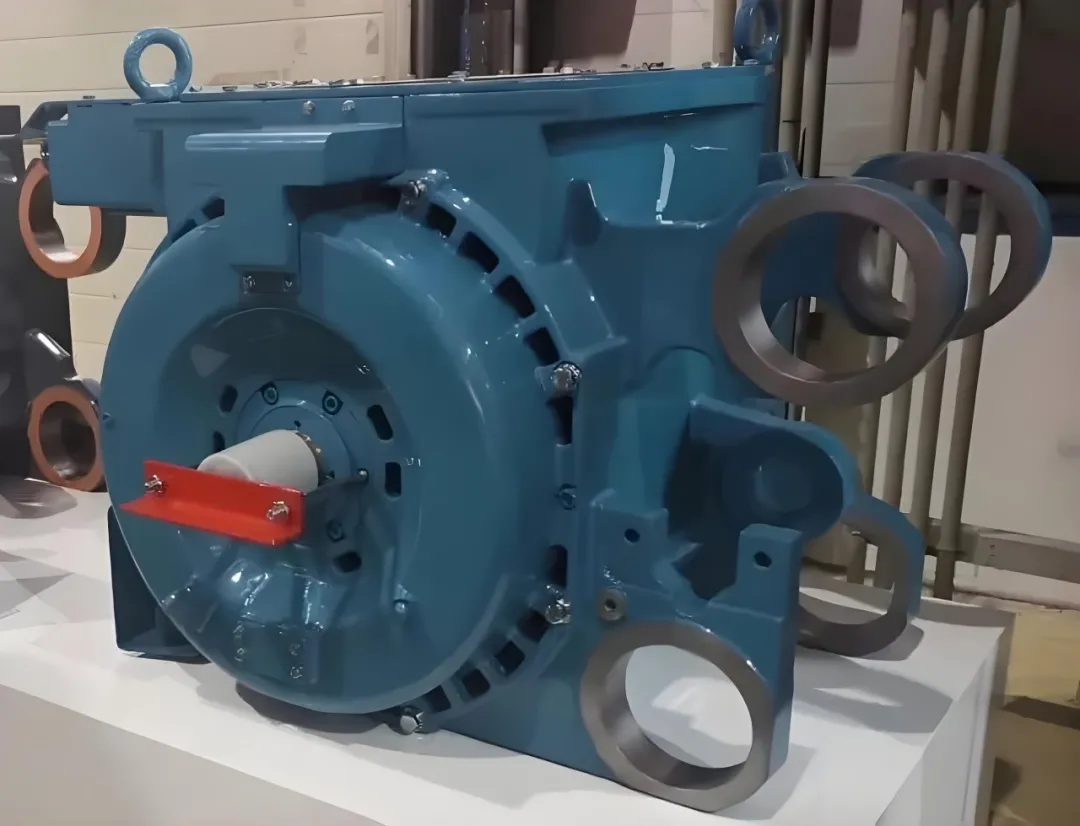In the motor bearing configuration, cylindrical roller bearings are selected for working conditions with large radial loads. The cylindrical rollers in this type of bearings are in line contact with the raceway, and can withstand large radial loads. They are suitable for bearing heavy loads and impact loads, as well as high-speed rotation.
In large motors, N-type and NU-type bearings are widely used. N-type and NU-type bearings can move axially and adapt to the changes in the relative position of the shaft and the housing caused by thermal expansion or installation errors. They are most suitable for use as free-end bearings.
N-type bearings have a cylindrical outer ring and a double-ribbed inner ring. The outer ring is separable, and the separable components simplify the installation and removal process. It can adapt to axial expansion and contraction, and is very suitable for use as a floating end bearing of a motor. When the bearing rotates, one ring can be axially displaced relative to the other ring, generating slight friction, and can withstand high radial loads; but it is not suitable for applications with thrust loads.
NU type bearings have flanges on both sides of the outer ring, but no flanges on the inner ring, that is, the inner ring can be separated, and the shaft can also be displaced in two directions relative to the bearing seat in the axial direction. It is also not suitable for working conditions with thrust loads.
The choice of N-type bearings or NU-type bearings is determined by the assembly process of different manufacturers and the structure of the motor.
However, due to the characteristics of axial displacement of these two types of bearings, they do not have axial positioning capabilities in the bearing system of the motor and can only be used as free-end bearings; therefore, for dual-bearing structure motors with large radial load requirements, cylindrical roller bearings are used at the shaft extension end, and their working conditions do not have too high requirements for the axial displacement of the motor; and for heavy radial load conditions with strict axial displacement requirements, a dual-bearing structure will be used at the shaft extension end, that is, another set of locating bearings will be configured, with the locating end at the shaft extension end and the free end at the free end of the motor.
In addition to N-type and NU-type bearings, there are other cylindrical roller bearings, such as NJ-type and NF-type bearings, which can withstand a certain degree of unidirectional axial load; while NH-type and NUP-type bearings can withstand a certain degree of bidirectional axial load.
Post time: Nov-07-2024
